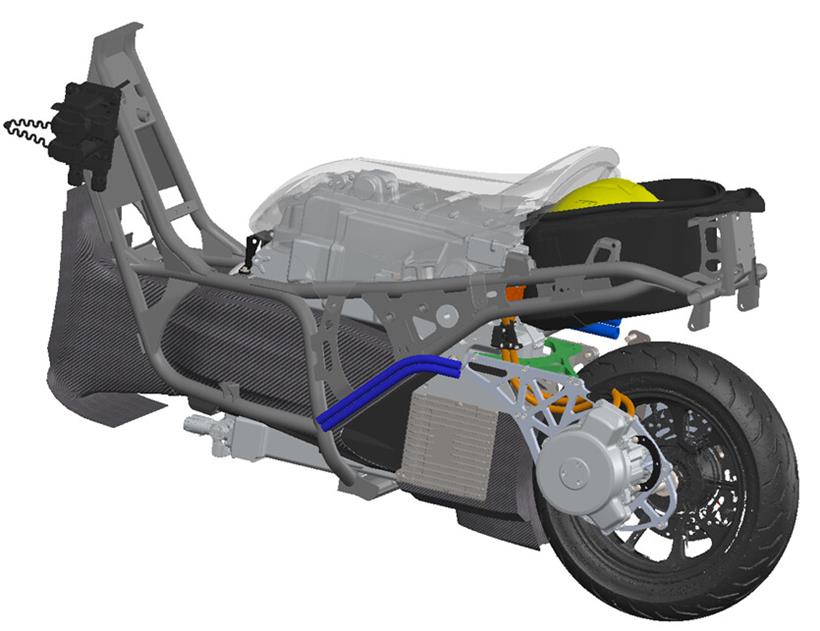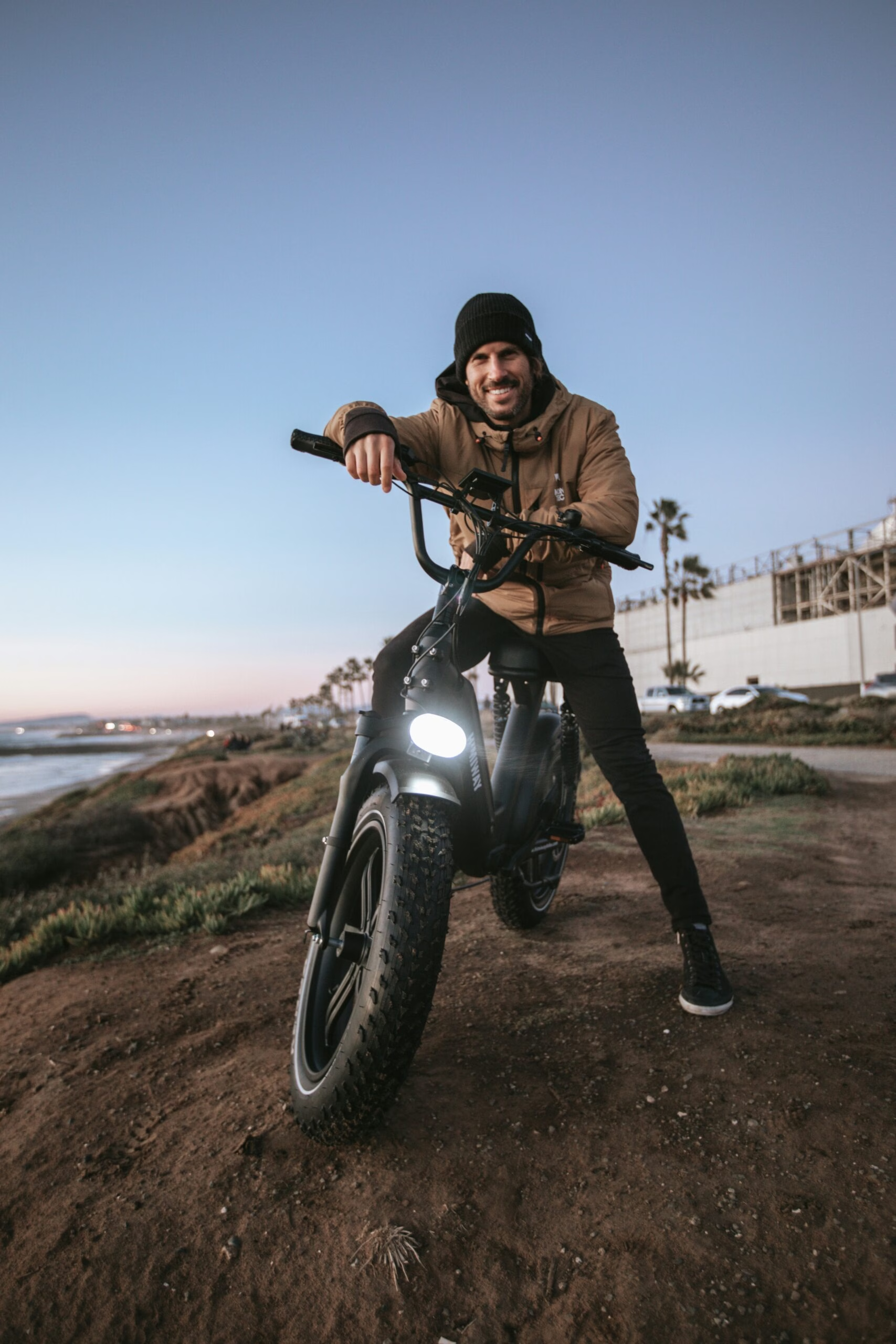The good folks at CycleWorld recently pointed to Honda’s new design patent for a mini bike with an orifice in the headlamp aperture for airflow to the battery compartment.
A few weeks back, we discussed how cooling is important in electric motorcycles and the choices everyone is making – air-cooled or liquid-cooled. While liquid cooling is comprehensive and a great solution on paper, it adds complexity and weight that E2W manufacturers can live without.
We are obviously talking about battery cooling here. Motors beyond a specific output need cooling to extract better performance.
But batteries are far too important. They decide how much current/power flows into the motor. It is useless to have a 50kW high torque motor that can pop wheelies at will if the battery can only supply 15kW worth of juice.
Or worse, it can supply 50kW but heats up. Then the software comes in and kicks it in the throat, and it goes back down to 15kW. This is derating and is a major pain point for every development engineer trying to meet an ICE motorcycle enthusiast midway.
Hard derating means that your fun started and ended within a few minutes due to thermal management.
But thermal mismanagement is not even an option. Allowing batteries to heat up leads to an event called thermal runaway.
In simple terms, kaboom!
That’s not what anyone wants.
Maslow’s hierarchy of needs: the Electric two-wheelers edition
To summarise, this is the list of things we need from E2Ws in a sort of decreasing order of relevance:
- No kabooms
- High-power output as and when we need it, as long as we need.
- Low cost
- Low weight
- Less complex
- Longer range per charge
#3, 4, 5, and 6 are all linked to each other and happen (or not) together.
Mea Culpa: We oversimplified
In explaining thermal runaway, we perhaps oversimplified things. A battery stack is made up of dozens of cells, all connected. The stack’s cooling is never uniform. However, even one cell going kaboom is game over for the pack. In many cases, one thermal runaway causes a chain reaction and a major fire.
Battery designers are aware of that and play safe. As a result, the potential of a battery pack is never optimally realized as the battery designers want to play safe.
Even then, battery fires in electric scooters and motorcycles have been widely reported. Last week, a Talaria motorcycle went up in the US. Down in India, market leader Ola is a habitual offender who has had multiple cases of scooter fires. Even rivals TVS and Ather have had their own issues. Meanwhile, media reports that electric scooter fires are an epidemic in China.
It’s a widespread problem, irrespective of geography and the prevailing temperatures.
Air Cooling: The best solution; If you can make it work
While purists dismiss air cooling as the past, we feel there is still much scope to develop and refine solutions. After all, the biggest air-cooled ICE engines push out 110 PS (82 kW), and we have not seen the BMW R-nine-T overheating much. Fairly large ICE engines, with adequate cooling fins protruding into the air stream, run fine at high speeds.
If we draw a parallel, the best solution is to optimize air cooling for the battery. Various solutions have been worked on, especially for E2Ws in the lower performance bands – think ICE equivalents a little higher than 125cc.
In the last few weeks, we have seen some interesting design proposals from various sides.
The Honda patents
Honda recently filed a patent for a minibike with an innovative battery-as-a-structure. The entire mid-section in the image is the battery structure that connects the steering at the front and the monitor and swingarm at the rear. The seat sub-frame is directly bolted onto the battery casing.
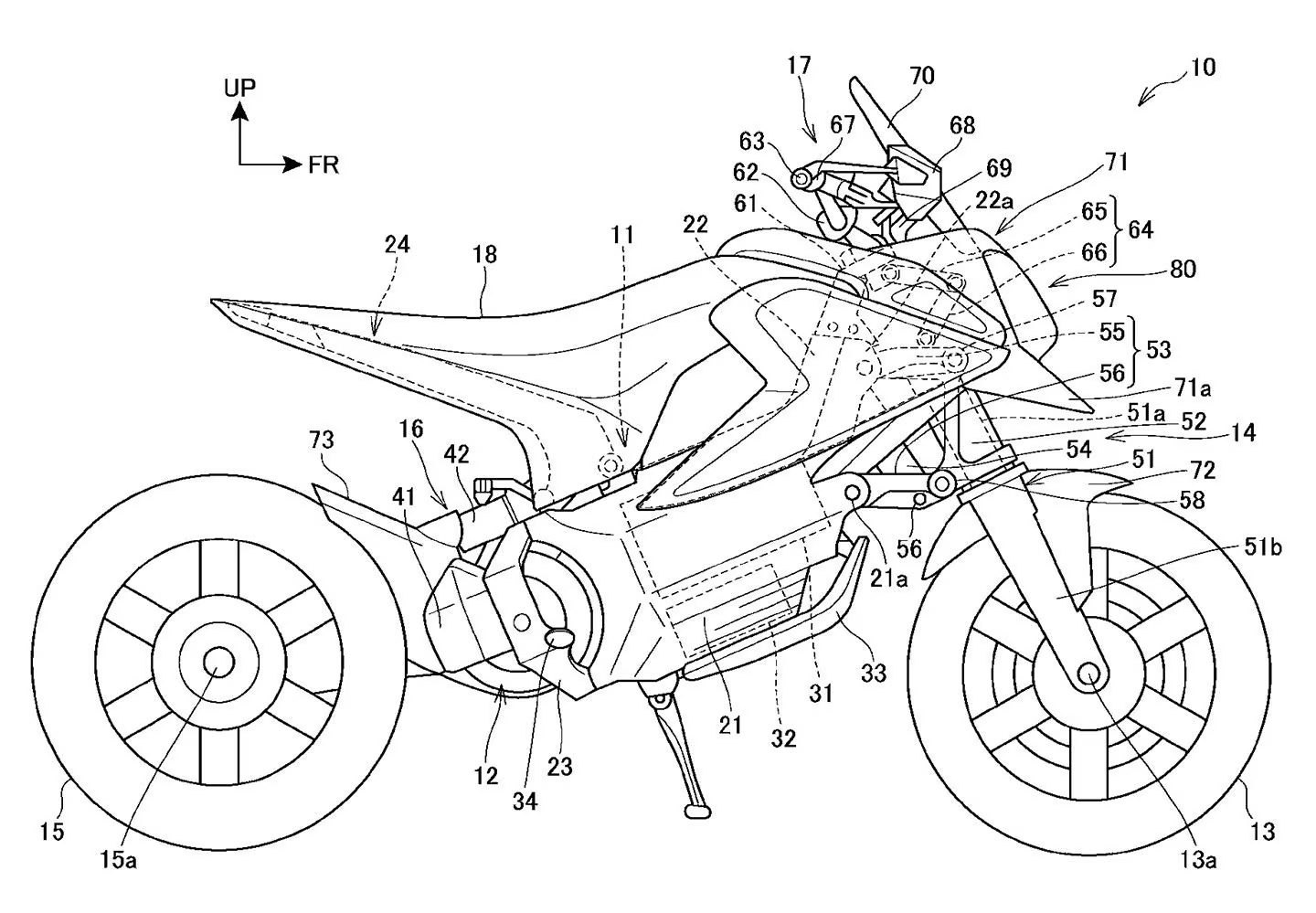
The minibike is the size of the Honda Grom, so we assume 125cc equivalent performance. Honda seems to be trying to optimize the design so that this can be a peppy, fun motorcycle.
The most striking element is the orifice in the headlamp housing, which allows air to enter and flow through to the battery casing. This fairly large hole would allow a high airflow volume at high speeds. It would first provide cooling to the LED rings that make up the headlamp. LED lamps heat up significantly as we pack them in constrained spaces.
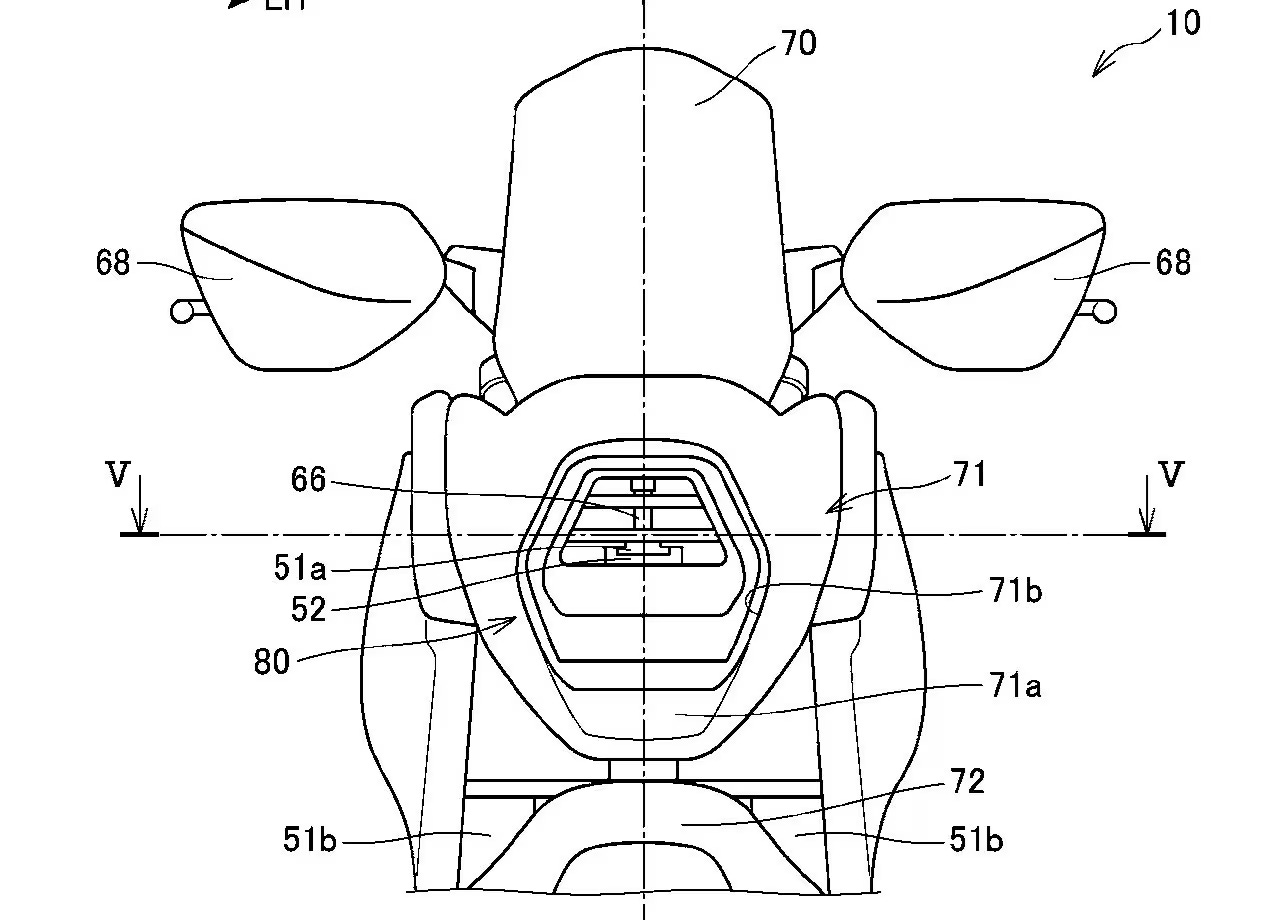
Importantly, the airflow passes to the battery compartment, allowing for a directed air cooling system. Further air flows to the battery compartment from the space between the headlamp and the front wheel. The increased airflow the headlamp orifice provides should help with more uniform battery cooling.
The pathbreaking WMC-Mahle design
We see a similar thought process behind the WMC300E+, a concept three-wheeled scooter from a collaboration between White Motorcycle Concepts and MAHLE Powertrain. Unveiled last week, the three-wheeled scooter features a powertrain developed by Mahle. The concept has a patented cereal duct system that allows huge amounts of air to be funneled through the central duct.
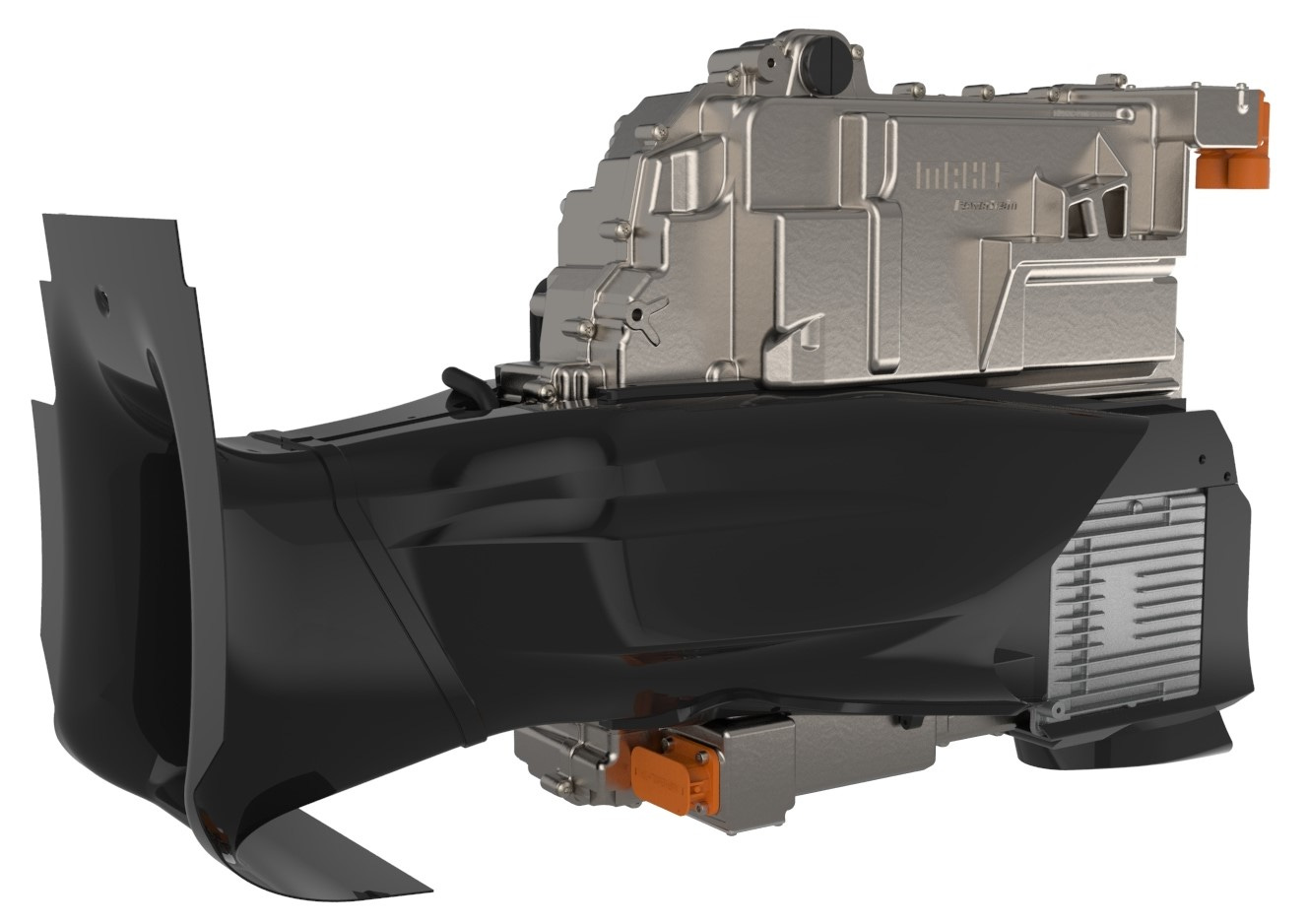
While everyone designs the battery pack and then figures out the cooling airflow around it, WMC does the opposite. They designed the cooling airflow—a patented V-Duct, a venturi duct that passes through the motorcycle’s center. Then, the battery is positioned around that to allow maximum cooling airflow.
This flow of air through the vehicle and around the vehicle is important as it substantially reduces aerodynamic drag, improves performance, enhances stability, and reduces energy consumption. The cooling duct also means that a three-wheel scooter format works beautifully at peak performance levels.
The top speed is rated at 100 mph (160 kph), which makes this highway worthy. WMC claims a 100-mile (160 km) range on the emergency services drive cycle, which involves aggressive driving. Translated into normal drive cycles, the WMC300E+ is likely to return 125 miles (200 km) on a charge. The battery is 11.9 kWh, so this range is fairly good for a vehicle this size. The on-board C0CS charger allows a 15-minute recharge.
This makes the performance better than a 125cc equivalent motorcycle with nearly the same practicality, and that was the design focus.
“The whole industry is facing a huge technical/commercial challenge to produce an electric motorcycle with performance close to its petrol equivalent.” – Robert White, Founder & CEO, White Motorcycle Concepts.
The focus is on high reliability and availability when deployed in emergency responder fleets – you don’t want the fleet to be down because everything is being charged.

The battery pack is T-shaped, delivering mass centralisation, maximising the duct aerodynamic efficiency benefits, and fitting within the bike’s packaging constraints. The battery cells feature advanced Lithium Cobalt Oxide (LCO) cathodes with Nickel Manganese Aluminium chemistry, capable of sustaining high charge rates yet also remarkably resistant to ageing for a longer lifespan.
Air cooling at the lower levels
India-based TVS Motor launched the X scooter in 2023.
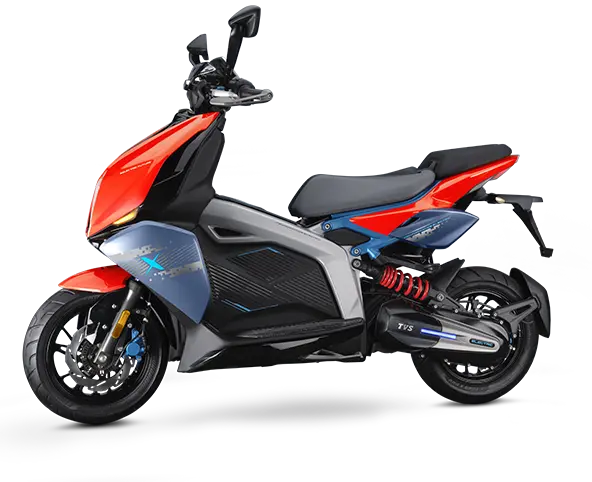
The X is based on the Creon concept that TVS unveiled many years back. While the original Creon had a liquid-cooled 12 kW motor, TVS simplified the final product – X – by putting an air-cooled battery and motor.
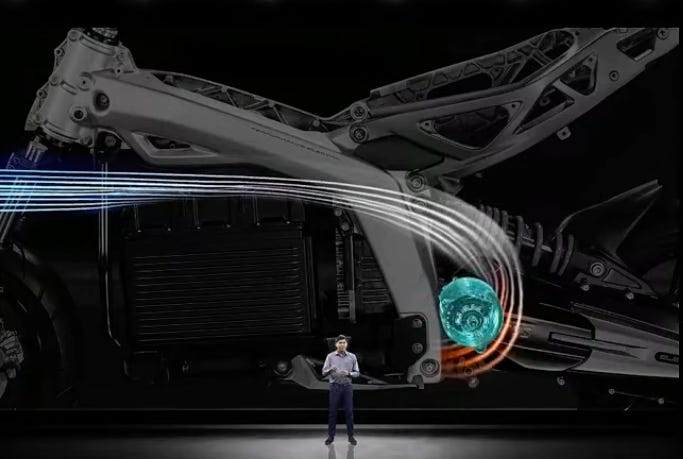
Cooling is achieved through what TVS calls a ram air flow system, essentially a duct that directs air to the top of the battery. From there, it flows to and around the motor.
Neat and efficient, like what a 125 cc equivalent electric scooter should be.

